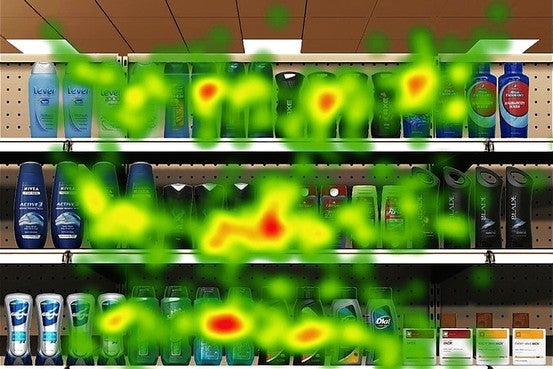Supermarkets Use Retina Trackers To Monitor Your Shopping Choices
We may earn revenue from the products available on this page and participate in affiliate programs. Learn more › Consumer-products...

We may earn revenue from the products available on this page and participate in affiliate programs. Learn more ›
Consumer-products makers spend countless dollars every year on market research that doesn’t work. Focus groups generally to try to please their testers, research has found, and consumer surveys also tend to overestimate their interest in products. So several companies are cutting what consumers say out of the equation and instead going straight after what they are thinking, the Wall Street Journal reports.
New 3-D computer simulations of shopping experiences augmented with eye-tracking technology and brain-wave monitoring are taking the place of conventional market research. Using these simulated shopping environments, companies like Kimberly-Clark, Proctor & Gamble, and Unilever are extracting far more meaningful data from the human shopping experience. Sophisticated simulations of packaging design and store-aisle displays allow the market testers to have more control over their experiments. And using eye-tracking technology or EEG bands, they can make heat maps of where consumers eyes tend to go on a label or a store shelf, or even see what experiences cause the pleasure centers of consumers’ brains to light up.
Doing so allows market researchers into consumers’ heads in a way they never could before, dispensing with the unconscious tendency on the behalf of the consumer to say what the testers want to hear. And its creating a wealth of data that is turning some conventional wisdom in the world of packaging design and shelf display on its ear. More over at WSJ.